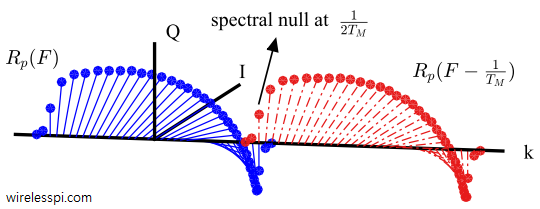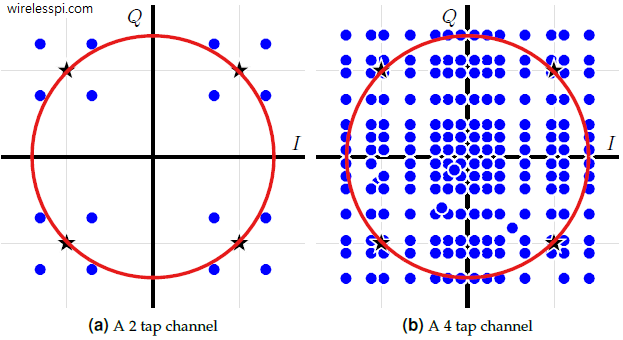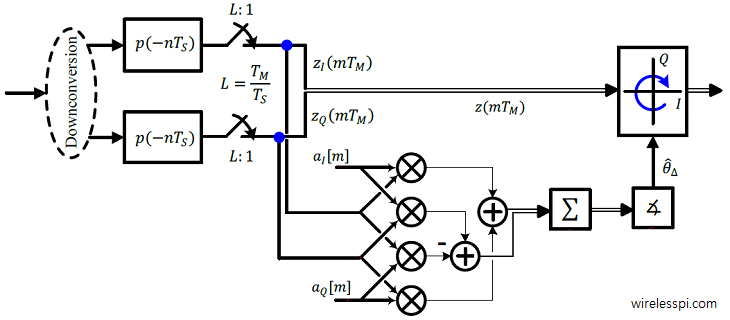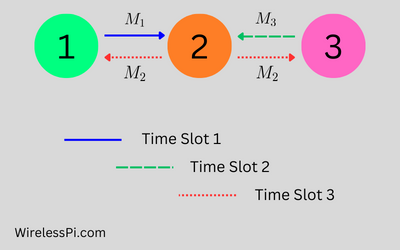Rising wireless traffic demands a continuous improvement in aggregate data rates delivered within a geographical area. One of the fundamental resources to achieve this goal is increasing the bandwidth. A wider bandwidth directly translates into higher throughput, just like increasing the number of lanes on a road directly impacts the traffic handled at peak times. This is the original reason for opening up the higher GHz and THz bands where vast amounts of empty spectrum is available. A bird’s eye view of the history of wireless transmission reveals that the wireless throughput increase during the past century has relied far
Continue reading



